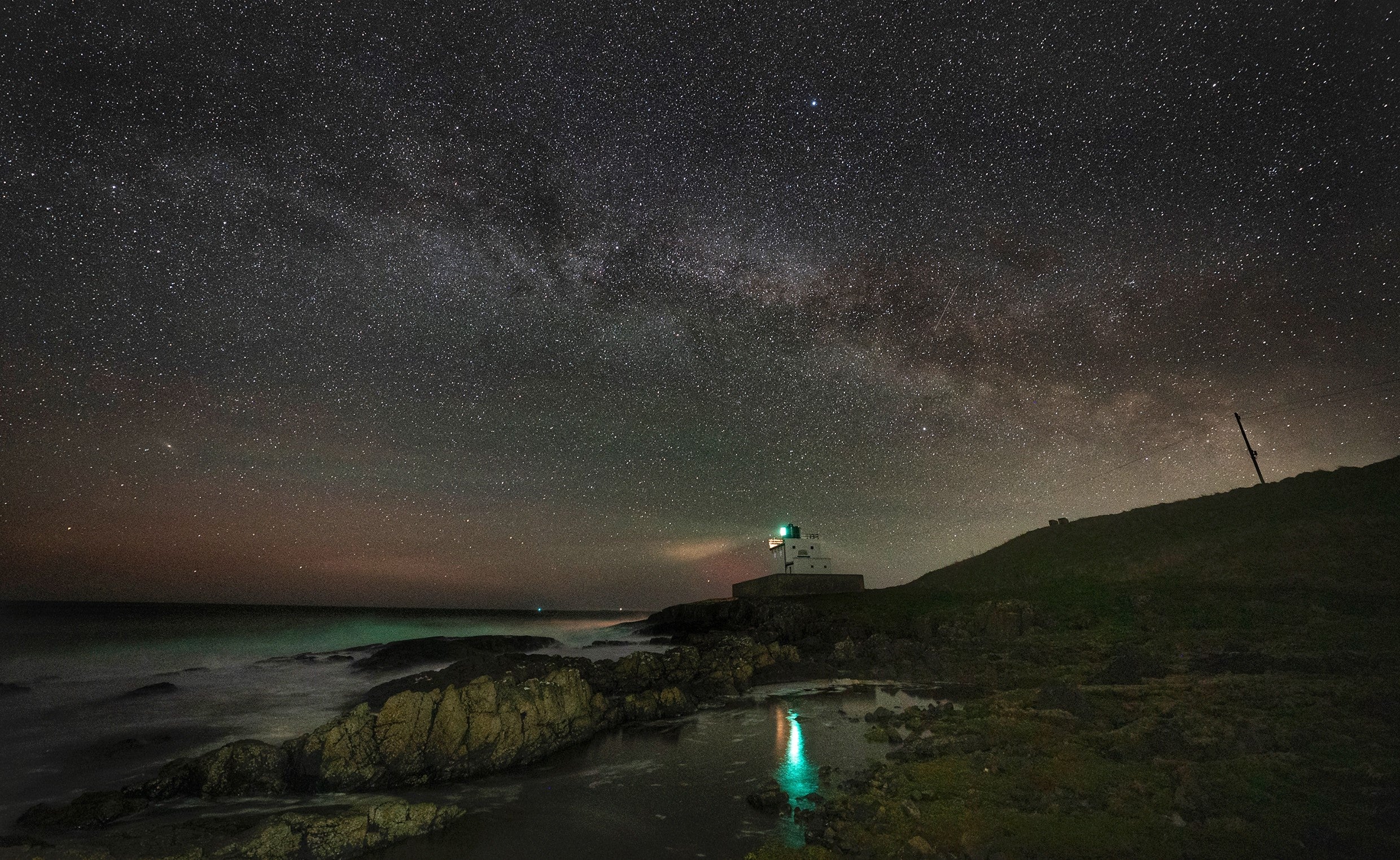Scientists find strange spinning star going shockingly slowly
Unexpected radio signal came 16,000 light years to Earth – and shocked the scientists who found it

Your support helps us to tell the story
From reproductive rights to climate change to Big Tech, The Independent is on the ground when the story is developing. Whether it's investigating the financials of Elon Musk's pro-Trump PAC or producing our latest documentary, 'The A Word', which shines a light on the American women fighting for reproductive rights, we know how important it is to parse out the facts from the messaging.
At such a critical moment in US history, we need reporters on the ground. Your donation allows us to keep sending journalists to speak to both sides of the story.
The Independent is trusted by Americans across the entire political spectrum. And unlike many other quality news outlets, we choose not to lock Americans out of our reporting and analysis with paywalls. We believe quality journalism should be available to everyone, paid for by those who can afford it.
Your support makes all the difference.Scientists have found a neutron star spinning more slowly than any ever seen before.
Researchers say that object is the slowest of the more than 3,000 radio emitting neutron stars that have been measured so far.
Neutron stars are the ultra-dense leftovers of a dead star. When a star’s life comes to an end, it uses up all of its fuel, explodes into a supernova and leads behind a neutron star, packed into a ball with a mass 1.4 times that of the Sun but condensed into a radius of 10km.
They usually spin astonishingly fast: sometimes taking just a fraction of a second to rotate completely.
But the new object takes 54 minutes to spin around. Researchers never expected such a finding and say that it could shed new light on how stars are born and die.
“In the study of radio emitting neutron stars we are used to extremes, but this discovery of a compact star spinning so slowly and still emitting radio waves was unexpected,” said Ben Stappers, from the University of Manchester.
“It is demonstrating that pushing the boundaries of our search space with this new generation of radio telescopes will reveal surprises that challenge our understanding.”
Researchers are still not absolutely sure that the radio signal – which travelled 16,000 to Earth – is definitely a neutron star. The nature of the radio signal and the change in its spin suggests that it is, but scientists suggest it might also be something else such as a white dwarf with a strong magnetic field.
Researchers hope to do more work both to confirm its nature and better understand the physics of those extreme objects. Whatever it is, the signal is likely to dramatically change our understanding of either neutron stars or white dwarfs.
The research is described in a new paper, ‘An emission state switching transient with a 54-minute period’, published in Nature Astronomy.
Join our commenting forum
Join thought-provoking conversations, follow other Independent readers and see their replies
Comments